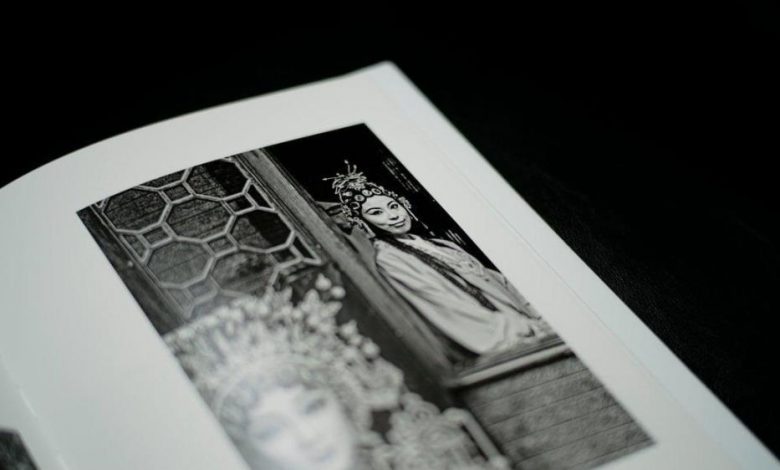The Art of Creating Beautiful Book Layouts

The Art of Creating Beautiful Book Layouts
Overview
When it comes to designing a book, the layout plays a crucial role in the overall aesthetic appeal and readability of the content. A well-designed layout not only enhances the reader’s experience but also adds value to the book. In this article, we will explore the key elements and best practices for creating beautiful book layouts.
Key Elements of a Beautiful Book Layout
1. Typography
Typography is one of the most important elements of a book layout. Choosing the right font, font size, and line spacing can significantly impact the readability of the text. Pay attention to the hierarchy of headings and body text to create a visually appealing and organized layout.
2. White Space
White space, or negative space, refers to the areas of a page that are left intentionally blank. It helps create breathing room, allowing readers to focus on the content. Proper utilization of white space not only improves readability but also adds elegance and sophistication to the book layout.
3. Grid System
Using a grid system helps maintain consistency and balance throughout the book layout. Grids provide a structured framework for organizing elements, such as text, images, and illustrations. They ensure that the content is aligned properly, making the book visually pleasing.
4. Colors and Images
Colors and images play a crucial role in evoking emotion and engaging readers. Choose a color scheme that complements the book’s theme and genre. Incorporate high-quality images and illustrations that enhance the content and capture the reader’s attention.
Best Practices for Creating Beautiful Book Layouts
1. Research and Planning
Before diving into designing the book layout, conduct thorough research and gather inspiration from other well-designed books in the same genre. Plan the layout by creating a sketch or wireframe to have a clear vision of how the elements will be arranged.
2. Consistency
Maintain consistency in font choices, spacing, alignment, and overall design throughout the book. This helps create a cohesive look and feel, making the book visually appealing and professional.
3. Pay Attention to Margins and Bleed
Ensure that you leave sufficient margins and bleed area to account for any trimming or binding requirements during the printing process. Neglecting this aspect can result in important content being cut off or misplaced.
4. Test and Iterate
Once you have created a preliminary book layout, print a few copies or create digital mockups to test the design. Gather feedback from peers or focus groups and make necessary adjustments to enhance the layout further.
Frequently Asked Questions (FAQs)
Q: Does the font choice affect the book’s readability?
Yes, the font choice significantly impacts readability. Opt for fonts that are legible and easy on the eyes. Avoid overly decorative or complex fonts that may distract readers from the content.
Q: How many fonts should I use in a book layout?
It is generally recommended to use no more than two to three fonts in a book layout. Using too many fonts can create a cluttered and unprofessional appearance. Choose fonts that complement each other and maintain consistency throughout the book.
Q: How much white space should I incorporate in my book layout?
The amount of white space in a book layout depends on various factors, such as the content type and design style. However, as a general guideline, aim for a balanced distribution of white space throughout the pages, ensuring that the content is not overly crowded.
In conclusion, creating a beautiful book layout requires careful attention to typography, white space, grid systems, colors, and images. By following best practices and incorporating these elements effectively, you can design a visually appealing and engaging book layout that enhances the overall reading experience.



